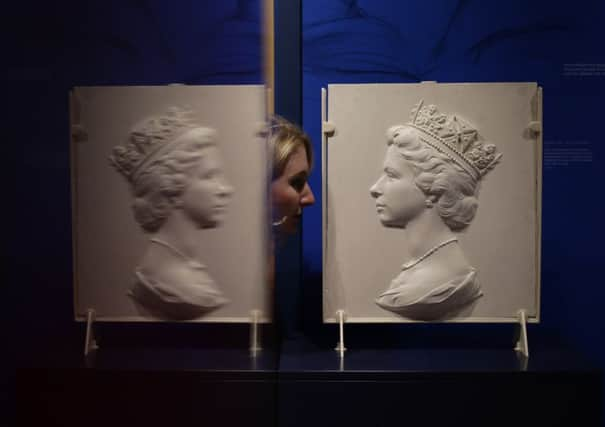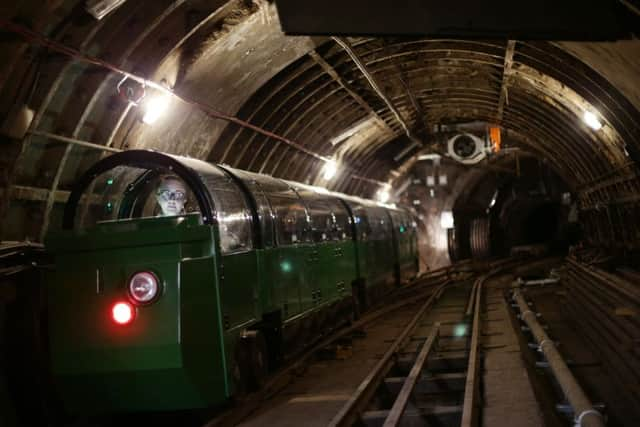Post haste: How Britain planned to deliver letters by rocket


The railway, 70ft below London’s streets, closed 14 years ago but is about to come back to life as a tourist attraction. However, in time-honoured postal tradition, it is being delivered later than families might have hoped, and will miss the summer holidays.
The 6.5-mile train network is the centrepiece of the new Postal Museum, the rest of which opens today. Built in 1927, the track stretches from Whitechapel in the east to Paddington in the west, and once carried up to 12 million items of mail each year.
Advertisement
Hide AdAdvertisement
Hide AdThe museum’s deputy director, Tim Ellison, said it had a Mary Celeste air now. “Everybody walked out in 2003 and only now are people walking back in,” he said.


Visitors will descend into the railway’s former engineering depot for a 20-minute journey through narrow tunnels, stopping at the original Mount Pleasant sorting office station, where audio-visual displays will describe life on the network.
The miniature engine and carriages were driverless, and “way ahead of their time”, Mr Ellison said.
But the railway was less futuristic than the post office’s proposal to deliver letters to the remotest parts of northern Britain by rocket.
Advertisement
Hide AdAdvertisement
Hide AdGerhard Zucker, an engineer who emigrated here from Germany, carried out a series of “rocket mail” for the British government in 1934. His idea was to pack letters into explosive-driven zinc cylinders and fire them to their intended destinations. The experiment failed and Zucker was deported. Back home, he was arrested on suspicion of cooperating with the British.


His plans and drawings are on display in the museum, which also houses the sculpture of the Queen used to produce the image replicated more than 220 billion times on postage stamps.
The so-called dressed head, designed in 1966 by Arnold Machin, is said to be so well-liked by the Queen that she has declined to have it updated and changed over the years.
Machin was said to have based his original designs on the first postage stamp, the Penny Black - one of the few remaining sheets of which is also on show at the museum, along with one of the gold post boxes introduced after the London Olympics.
Some 15,000 tickets for the museum have been sold in the week since they became available.
“The UK’s postal service is close to people’s hearts”, Mr Ellison said.